This article was co-authored by wikiHow staff writer, Luke Smith. Our trained team of editors and researchers validate articles for accuracy and comprehensiveness.
wikiHow’s Content Management Team carefully monitors the work from our editorial staff to ensure that each article meets our high quality standards.
This article has been viewed 4,060 times.
Learn more...
Carbon monoxide (CO) is odorless, which makes it a particularly sneaky household hazard. You’ve got some sort of detector on the ceiling of your room, but you’re not sure if that’s a carbon monoxide detector or just a smoke alarm. How can you tell? There are a few giveaways, and we’re here to fill you in with a quick guide on how to identify a carbon monoxide alarm, and how to care for the alarms in your home.
Things You Should Know
- Remove the alarm from its mount and check for text that reads “Carbon Monoxide Alarm” and a safety approval emblem.
- Look up the model number and manufacturer online to find a product page or a digital manual with the detectors specifications.
- Test your alarm and count the beeps—carbon monoxide alarms typically beep 4 times.
- Replace both carbon monoxide and smoke detectors every 5-10 years, replace their batteries annually, and test then monthly.
Steps
Visual Indicators
-
1Check for CO approval labels or markings. Remove the alarm from its mount and check the back for text that reads, “Single Station Carbon Monoxide Alarm,” plus an emblem that reads either “UL,” “IAS,” or “CSA.” The first will tell you if the detector detects carbon monoxide, and the second is a mark that indicates a testing company has confirmed that the detector operates to government safety standards.[1]
- Remove a ceiling alarm by twisting it counter-clockwise. Remove a wall-mounted alarm by unplugging it from its socket.
- If the alarm has only one or neither marking, it is either not a carbon monoxide alarm or is not up to safety standards. Purchase a new, UL, IAS, or CSA-listed carbon monoxide detector.
-
2Check the detector’s brand and model number. If you’re still unsure, you can check for a model number on the front or back of the detector (usually a few letters followed by a series of numbers). Conduct an internet search of the model number and the name of the manufacturer. The detector’s product page or digital manual will indicate if it detects carbon monoxide.[2]
- Some detectors detect both smoke and carbon monoxide, and this will be clearly indicated on the manufacturer’s product page. Sometimes, detectors like these will feature two separate lights, one for a smoke alarm, and one for a carbon monoxide alarm.
Advertisement -
3Test for different beeping patterns. Smoke alarms typically sound with 3 beeps in a row, while carbon monoxide detectors usually sound with 4 beeps. Press and hold the button on the front of the detector to test the alarm, and make note of how many beeps it produces.[3]
- Press the button again, or press and hold it again, to turn off the alarm.
Alarm Care
-
1Replace alarms every 5-10 years. Carbon monoxide alarms need replacing every 5-7 years depending on the model (consult your alarm’s manual for replacement frequency, or replace it every 5 years, to be safe). Replace smoke alarms every 10 years.[4]
- If you’re moving into a new home and don’t know how old the alarms are, replace them anyway.
-
2Replace alarm batteries once a year. Both carbon monoxide and smoke detectors should have their batteries replaced once a year to keep them operational. Even wire-mounted alarms have backup batteries in case of a power outage, and these also need to be replaced once a year.[5]
- Some newer models of detectors have 10-year batteries out of the box that don’t need yearly replacement. If you’re not sure if this applies to your device, replace the batteries anyway, just to be safe.
-
3Test your alarms once a month. Both carbon monoxide and smoke detectors need to be tested monthly To do this, press and hold the button on the front of the alarm until it begins to sound. Then press or press and hold the button again to turn the alarm off.[6]
- If the alarm doesn’t sound, it’s faulty and needs to be replaced.
References
- ↑ https://www.ci.wausau.wi.us/Portals/0/Departments/Fire/Documents/COAlarmsUL.pdf?ver=2013-03-13-114121-767
- ↑ https://www.cpsc.gov/Recalls/2021/Kidde-Recalls-TruSense-Smoke-and-Combination-Smoke-Carbon-Monoxide-Alarms-Due-to-Risk-of-Failure-to-Alert-Consumers-to-a-Fire
- ↑ https://www.tdi.texas.gov/blog/is-your-smoke-or-carbon-monoxide-alarm-chirping-heres-what-its-telling-you.html
- ↑ https://www.mass.gov/service-details/smoke-and-carbon-monoxide-alarms
- ↑ https://www.epa.gov/indoor-air-quality-iaq/where-should-i-place-carbon-monoxide-detector
- ↑ https://www.mass.gov/service-details/smoke-and-carbon-monoxide-alarms
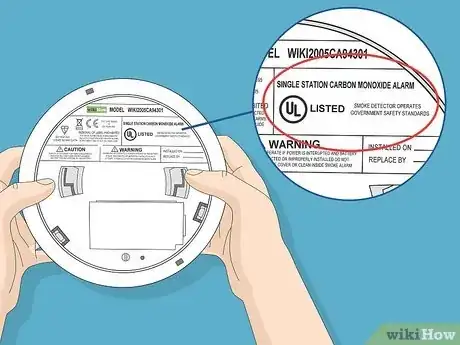
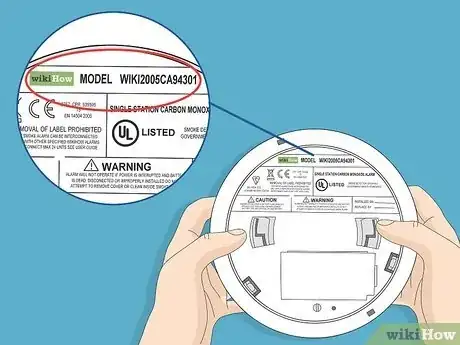
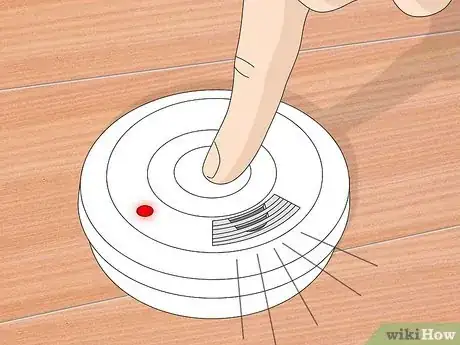
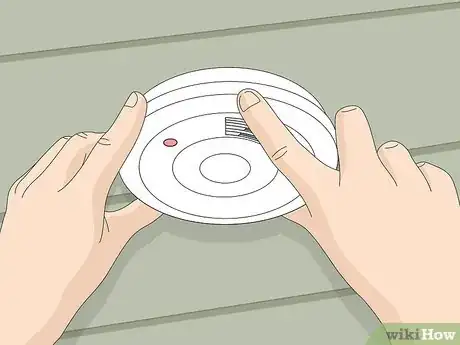
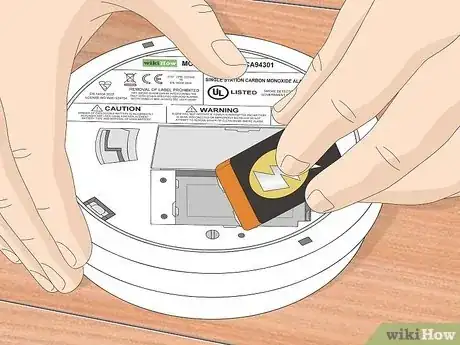
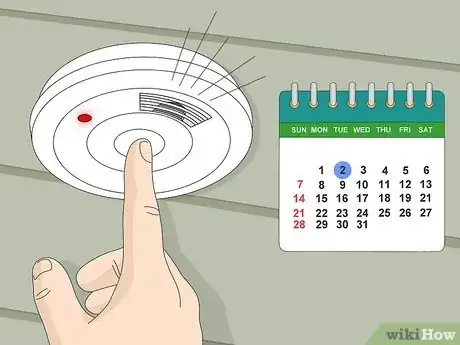
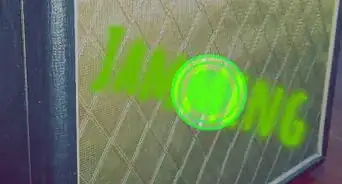

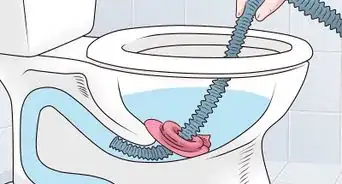








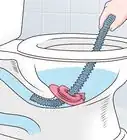





































wikiHow’s Content Management Team carefully monitors the work from our editorial staff to ensure that each article meets our high quality standards. This article has been viewed 4,060 times.